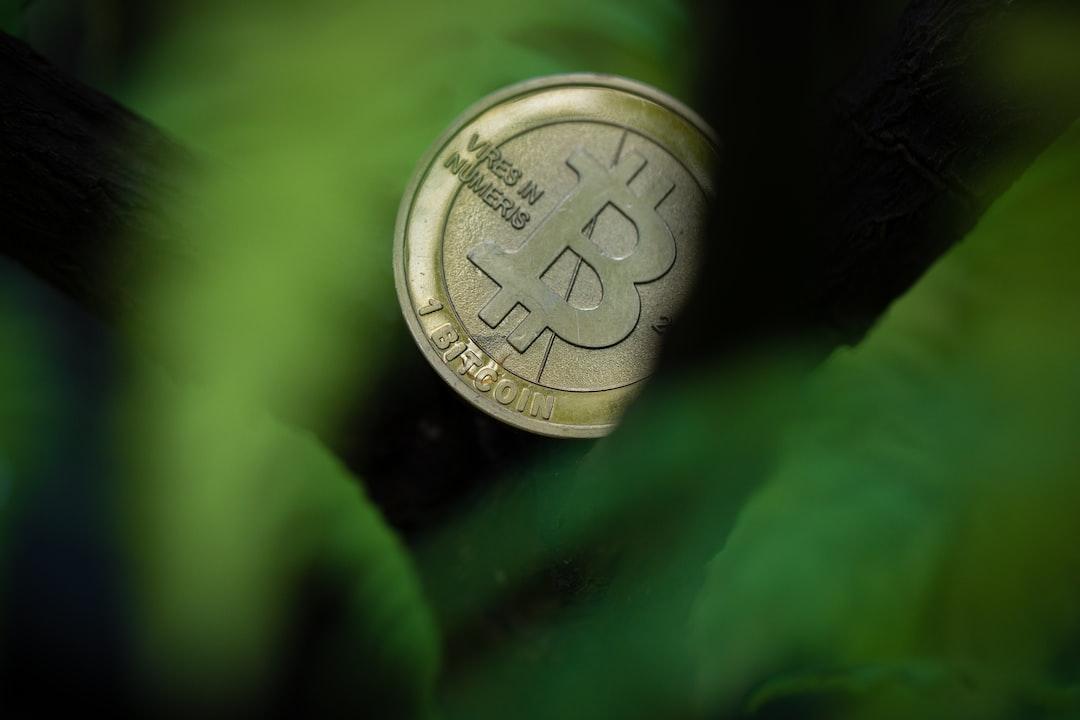China’s A-shares are poised for a new bull market after a decade of consolidation
After ten years of consolidation, China’s A-shares are set to face a triple impact from capital, policy, and fundamentals under the synchronized monetary easing policy cycle of China and the United States, opening a new round of bull market that offers high cost-performance. This article is sourced from Metrics Ventures, organized and authored by PANews.
(Background summary: China calls for rescue of A-shares! Plans to inject hundreds of billions of yuan annually, yet the market remains concerned about Trump’s tariff threats)
(Background supplement: Is the bull market for China’s A-shares here? The Shanghai Composite Index hits a decade-high, igniting an investment frenzy with the “money moving from deposits” phenomenon)
Dear esteemed readers:
Previously, we shared our views on BTC concerning its new asset attributes after reaching new highs. In light of the drastic changes in the Sino-U.S. competitive landscape, we find it necessary to share our insights on RMB assets.
Our core viewpoint is that we are about to enter the largest joint fiscal and monetary easing cycle between China and the U.S. since 2008. The main theme of this easing will be the synchronized recovery of the Sino-U.S. economies and the most intense competition for monetary and international influence.
Among them, RMB assets, especially A-share assets, will experience a triple impact from capital, policy, and fundamentals. After more than ten years of consolidation, A-shares possess a similar cost-performance ratio to Bitcoin, which is priced at $28,000. For a significant period ahead, the primary points of competition between China and the U.S. will be the proportion of international currency use, which will also be a major theme in the future world.
As of the date of this article, the total market capitalization of the RMB equity market (including H-shares) is approximately 120 trillion yuan, while the total market capitalization of the U.S. equity market is about 50 trillion dollars. The scale difference between the two may be smaller than the first impression. However, compared to the total economic scale of China and the U.S. (the GDP level, with the U.S. being about 1.5 times that of China), a significant disparity still exists. At this moment, we observe the following facts:
From a political perspective, the U.S. is fully transitioning to a purely populist right-wing stance, and its global strategy will further contract. The existing influence of the U.S. in NATO, the Asia-Pacific, and other core areas will inevitably weaken further, as evidenced by the decline of U.S. global influence in the Middle East and the Russia-Ukraine war. The downward trend of the dollar’s influence, which has been ongoing since the Iraq War, may enter a new accelerated downward cycle, while domestic divisions and struggles have also entered a new state of turmoil.
From a monetary perspective, while the dollar continues to ease amidst the cycle of U.S. equity assets, China has entered various deleveraging cycles since 2015, accumulating considerable space for monetary and fiscal policies over the long term. The issue of U.S. debt has become increasingly prominent, emerging as the most significant asset issue for the next decade. After the All-in technology innovation phase, the short-term monetary and fiscal space in the U.S. will gradually require a sacrifice of global influence in exchange.
From a trend perspective, RMB assets have recently experienced obvious bottom signals in net liquidity (represented by M2), fundamentals (represented by CPI and housing prices), and policy (political meetings since September).
We believe that during this easing cycle, there are clear turning point possibilities in the aforementioned political, monetary, and fundamental aspects. The accumulated disparity between Sino-U.S. equity assets and liquidity, built up over decades, may see a new trend of convergence and reduction. Increasing exposure to the RMB system can enhance our company’s ability to withstand external shocks, providing a margin of error for the vision of becoming a high-net-worth LP long-term family office.
Understanding the A-share market and trading strategies
Understanding the A-share market and Chinese assets
The A-share market is a typical purely RMB policy-driven market. Since 2015, it has undergone a continuous ten-year deleveraging and capacity reduction cycle, compounded by a seven-year decoupling period of foreign capital starting in 2018. It can be said that the clearing of A-shares has undergone an extreme ten-year process, while China’s economic growth rate has shifted to an accelerated transition since 2015.
At this moment, we believe that the enormous opportunities facing A-shares or Chinese assets mainly arise from the following facts and inferences in terms of policy, fundamentals, and capital:
Factually, our understanding is:
From the perspective of policy space, China’s deficit ratio (the ratio of fiscal deficit to GDP) has long adhered to the principle of being based on GDP total volume and growth rate, maintaining a narrow deficit ratio limit of 3% since 2008. This is significantly lower than that of the U.S. (approximately 7%, with multiple years exceeding 10% in recent years) and Japan (which has long hovered around 6% and recently around 8%), among other major economies in the world.
From an economic fundamentals perspective, China possesses the world’s only complete industrial production system and the cheapest, soundest power systems and resources.
From the capital perspective and positioning of A-shares, the capital market has long been marginalized in terms of political positioning. The discussions in September 2024 marked the first clear requirements for the capital market since the current administration took office.
From the perspective of national strength development, China has undergone a revolutionary change compared to a decade ago in terms of military capability close to the sea and air and global influence.
The economic growth rate difference since 2015 and the disparity in the trends of Sino-U.S. stock markets since 2022 ultimately stem from a mismatch in monetary cycles, with the core issue of China’s short-term economy being CPI deflation.
On an inferential level, we believe under general assumptions:
China can issue 50-200 trillion yuan in the next decade (considering a shift of the deficit ratio closer to that of the U.S. and Japan. In fact, recent statements from the Ministry of Finance have already indicated a willingness to relax the narrow deficit ratio);
The Chinese government’s governance capabilities can ensure the occurrence of at least 1-2 industrial cycles within China;
China’s influence globally will trend upward before leaps in proxy warfare or conflicts, with the current two localized wars accelerating this trend;
The likelihood of a direct regional hot war between China and the U.S. in the medium term is nearly zero.
In the short term, the reversal of CPI has virtually no failure possibilities. The local government debt and real estate issues are not major contradictions based on a) and b), and are easy to resolve. China’s social culture and characteristics of its people (easy to inspire, eager for money) determine that rebuilding social confidence will not be difficult.
In summary, we believe that before a hot war breaks out between China and the U.S., we will witness a synchronous economic leap between the two. Meanwhile, the Chinese capital market faces a triple impact from policies, fundamentals, and capital, which closely mirrors the situation faced by Bitcoin in 2023, the biggest difference being that A-share consolidations have lasted for 10-15 years.
Currently, A-shares have completed the first liquidity repair at the index level, and the future trend is expected to follow economic operating laws, roughly as follows: commodities/high-end consumption -> industrial trends/domestic unified market consumption -> industrial trends. It is anticipated that the core capacity target space for each industrial trend and sectoral market will be between 3-5 times, with reversal/high-growth target space around 10 times. From a principle standpoint, the current gap positions in the A-share index are 2889-2863, 3017-3000 (taking the Shanghai Composite Index as an example). As of the date of this report, the Shanghai Composite Index is hovering around 3400 points.


